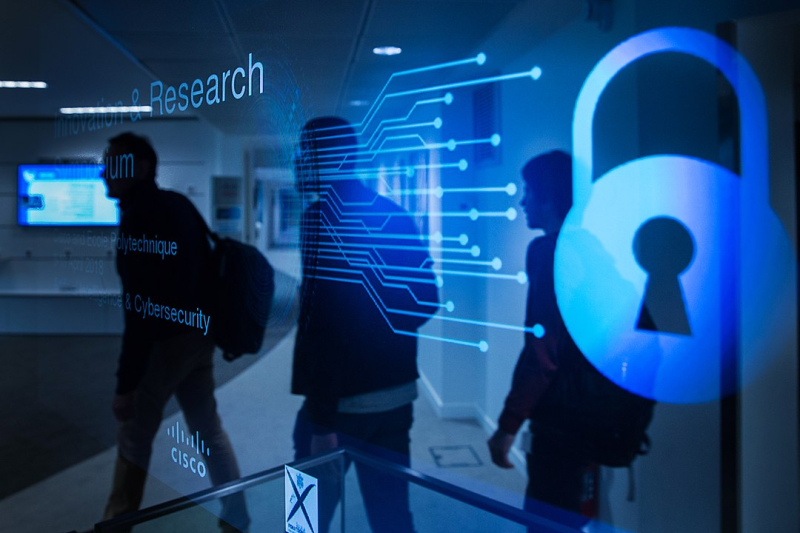Bachelor's student in Information Security
Ensuring Information Security in the Digital Era: A Comprehensive Approach
As an emerging student of information security, I understand the multifaceted challenges and complexities involved in safeguarding digital information. In an age where data breaches and cyber-attacks are rampant, ensuring information security is not just a technical challenge, but a critical aspect of organizational integrity and trust. This blog aims to provide a detailed exploration of the strategies and methodologies necessary for robust information security.

Understanding the threat landscape
The first step in securing information is to understand the evolving nature of cyber threats. Cyberattacks are becoming increasingly sophisticated, targeting not just large organizations, but also small businesses and individuals. Common threats include phishing attacks, ransomware, data breaches, and Advanced Persistent Threats (APTs). Awareness and continuous monitoring of these threats are paramount.
Implementing a multi-layered security approach
Information security should not rely on a single defense mechanism. A multi-layered approach, often referred to as "defense in depth," is essential. This approach includes:
- Physical security: Ensuring that physical access to critical infrastructure is restricted.
- Network security: Implementing firewalls, intrusion detection systems, and encryption protocols to protect network traffic.
- Application security: Securing applications against exploitation through regular updates, security testing, and code reviews.
- Endpoint security: Protecting individual devices (computers, smartphones) with antivirus software, and ensuring they are regularly updated.
- Data security: Implementing techniques like encryption and tokenization to protect data at rest, in use, and in transit.
Developing robust policies and procedures
Effective information security is not just about technology; it's about governance. Organizations must develop and enforce robust security policies and procedures. This includes:
- Access control policies: Ensuring that access to sensitive information is controlled and monitored.
- Regular audits and compliance checks: To ensure adherence to internal policies and external regulatory requirements.
- Incident response plans: Having a plan in place for responding to security incidents.
Fostering a culture of security awareness
One of the weakest links in information security is human error. Organizations must invest in regular training and awareness programs for their employees. This includes education on identifying phishing emails, safe browsing practices, and the importance of strong password policies.
Embracing emerging technologies
Staying abreast of emerging technologies like artificial intelligence (AI) and machine learning (ML) can significantly enhance information security. AI and ML can help in predictive threat analysis, anomaly detection, and automated response to security incidents.
Research and continuous improvement
As a researcher, I emphasize the importance of continuous learning and improvement in information security. This involves staying updated with the latest research findings, participating in peer consultations, and contributing to scholarly discussions in the field.
Collaboration and information sharing
 Finally, effective information security is not an isolated endeavor. It requires collaboration across industries and sectors. Sharing information about threats, vulnerabilities, and best practices is crucial for building a more secure digital ecosystem.
Finally, effective information security is not an isolated endeavor. It requires collaboration across industries and sectors. Sharing information about threats, vulnerabilities, and best practices is crucial for building a more secure digital ecosystem.
Conclusion
In conclusion, ensuring information security in today's digital landscape is a comprehensive task that requires a multifaceted approach. It involves not only the deployment of advanced technologies but also robust policies, continuous education, and collaborative efforts. As we advance in our digital journey, let us remain vigilant and proactive in safeguarding our information assets.
Note: The views expressed in this column are my own and do not necessarily represent the views of my university or any affiliated research bodies.
